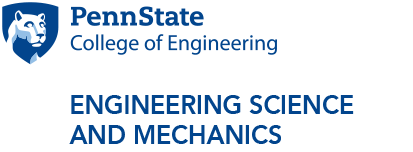Integrated Optical and Acoustic Devices for Multimodal Imaging and Stimulation
Abstract: Integration of optical and acoustic technologies are desired in a variety of biomedical imaging and stimulation applications. For example, ultrasound radiation is commonly applied to mechanically stimulate cells or tissue, while the cells are being imaged under an optical microscope. Some applications include stimulation of stem cells for regenerative medicine applications, neuromodulation, and drug delivery. In contrast, in photoacoustic imaging (PAI), optical stimulation of tissue generates wideband ultrasound waves from light absorbing molecules (e.g., hemoglobin, melanin, lipids). These photoacoustic waves are mapped to provide important functional and molecular contrast images of very deep biological tissue at ultrasonic resolution. In the last two decades, PAI evolved as a multi-scale imaging technology, enabling in vivo imaging from organelles to organs, and translated to several clinical applications such as breast, prostate and thyroid imaging. The current setups for integrating optical and acoustic technologies are complex and limit some important measurements and applications. To overcome these challenges, my lab recently developed a transparent ultrasound transducer (TUT) technology using conventional piezoelectric materials. In this talk, I will demonstrate applications of the TUT technology for (1) brain stimulation and multimodal microscopy of awake mouse brain activity using implantable TUT cranial window; (2) a real-time multimodal (B-mode ultrasound, Doppler ultrasound, photoacoustic and fluoresceence) imaging system with applications for endoscopic cancer detection and studying brain activity; (3) high-throughput stimulation of cells directly cultured on the TUT chip surface and subsequent imaging of live cell calcium signaling and cell morphology changes using conventional optical microscopes. If time permits, I will also share our results on multimodal computational modeling platform capable of generating large-scale, application-specific, ultrasound and photoacoustic imaging data; and further use this simulation data to train artificial intelligence (AI) networks for signal denoising, spectral unmixing and artifact correction in experimental photoacoustic images obtained from living mice and humans.
Biography: Dr. Raj Kothapalli is an assistant professor in the Department of Biomedical Engineering and Penn State Cancer Institute, at the Pennsylvania State University. He received his Ph.D in Biomedical Engineering from Washington University in St. Louis in 2009 and later received postdoc training in the Molecular Imaging Program at Stanford University in 2014. He served as an instructor in the Department of Radiology at Stanford University from 2014 to 2016, before joining Penn State. His BioPhotonics and Ultrasound Imaging lab at Penn State is focused on developing novel multimodal biodevices combining optical, ultrasound and photoacoustic technologies for various pre-clinical and clinical applications in cancer, cardiovascular and neurodiseases. In 2014, Dr. Kothapalli received K99-R00 NIH Pathway to Independence award.
Event Contact: Bethany Illig



